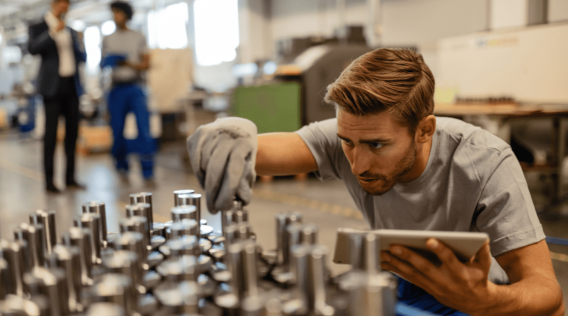Introduction:
Die casting is a widely used manufacturing process that involves the production of intricate metal parts. One of the key elements in die casting is the mold, which is responsible for shaping and forming the molten metal into the desired shape. In this comprehensive guide, we will discuss the various factors and steps involved in creating the perfect die casting mold.
1. Designing the Mold:
The first step in creating a die casting mold is to design it. This involves understanding the requirements of the part to be produced and creating a blueprint that incorporates those specifications. Factors such as part geometry, draft angles, and venting need to be considered during the design phase. Computer-aided design (CAD) software is often used to create accurate and detailed mold designs.
2. Material Selection:
Choosing the right material for the die casting mold is crucial. The mold needs to have excellent thermal conductivity to absorb and dissipate the heat generated during the casting process. Commonly used mold materials include steel, aluminum, and copper alloys. The material should have good mechanical properties, high thermal stability, and resistance to wear and corrosion.
3. Mold Machining:
Once the mold design is finalized and the material is selected, the next step is mold machining. This involves using CNC (Computer Numerical Control) machines to accurately shape and form the mold. Precision and accuracy are critical during this phase, as even slight deviations can affect the final product\’s quality. Skilled mold makers and machinists play a crucial role in this process.
4. Mold Assembly:
After the individual components of the mold are machined, they are assembled together to form the complete mold. Care should be taken to ensure proper alignment and fitment of the mold components. The assembly process may also involve the use of specialized tools and equipment to achieve the desired precision.
5. Mold Surface Treatment:
Surface treatment of the mold is an important step to ensure smooth metal flow and reduce the risk of defects. Mold surfaces can be treated through various methods such as polishing, coating, and texturing. Polishing helps in achieving a smooth surface finish, while coatings like chrome or nickel can provide additional protection against wear and corrosion. Texturing techniques, such as etching or engraving, can be used to create specific patterns or textures on the molded part.
6. Mold Testing and Modification:
Once the mold is assembled and treated, it needs to undergo testing to ensure its functionality and performance. Mold testing involves injecting molten metal into the mold and examining the resulting castings for any defects or issues. If any problems are detected, modifications may be required to optimize the mold\’s design or improve the casting process. Mold testing and modification may involve multiple iterations until the desired results are achieved.

7. Mold Maintenance:
Regular maintenance of the die casting mold is essential for its longevity and optimal performance. Mold maintenance includes cleaning, lubrication, and inspection for any signs of wear or damage. Proper storage and handling of the mold are also important to prevent any accidental damage or contamination.
Conclusion:
Creating the perfect die casting mold requires careful planning, precise machining, and attention to detail. It is a complex process that involves various steps, from design and material selection to mold assembly and surface treatment. Regular maintenance and testing are necessary to ensure the mold’s functionality and longevity. By following this comprehensive guide, manufacturers can achieve high-quality die castings with optimal mold performance.

 0086-750-5616188
0086-750-5616188 +86 13392089688
+86 13392089688 sales@zhongmei-tech.com
sales@zhongmei-tech.com













